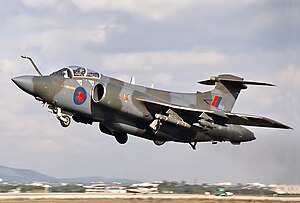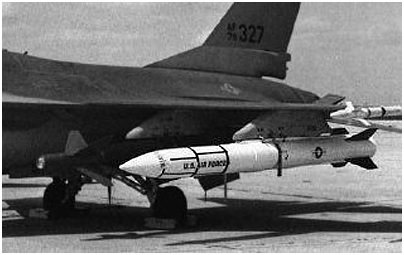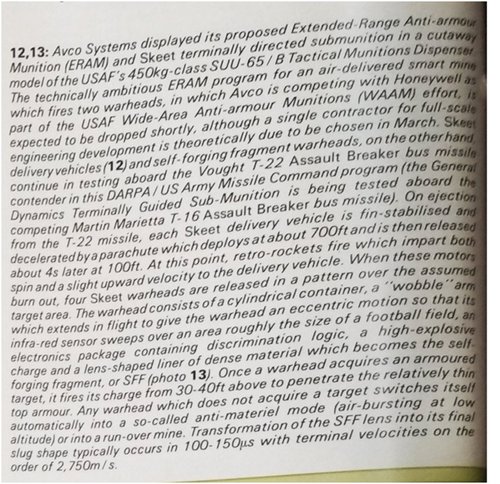- Joined
- 21 April 2009
- Messages
- 13,760
- Reaction score
- 7,702
From Inside Defense
As part of a scathing review of the House's proposed fiscal year 2020 defense policy bill, the White House Office of Management and Budget told House lawmakers this week a proposed $500 million cut to the Next-Generation Air Dominance program would delay the program by three years.
———————————————————-
Some have no interest in defending this nation
As part of a scathing review of the House's proposed fiscal year 2020 defense policy bill, the White House Office of Management and Budget told House lawmakers this week a proposed $500 million cut to the Next-Generation Air Dominance program would delay the program by three years.
———————————————————-
Some have no interest in defending this nation






